

Short-term electricity prices forecasting using learning models |
A heuristic algorithm for multiple global alignment of sequences |
[Not available] Feasibility Study "UniCredit E-Banking Rationalization" |
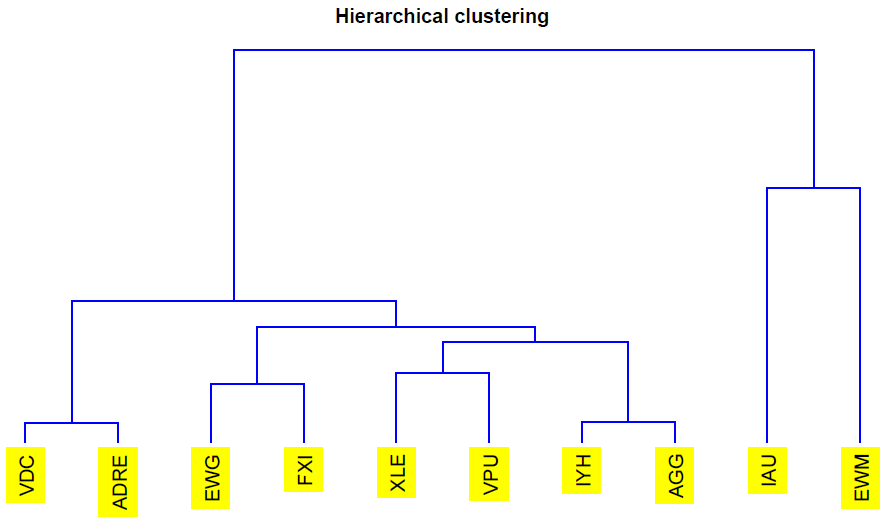
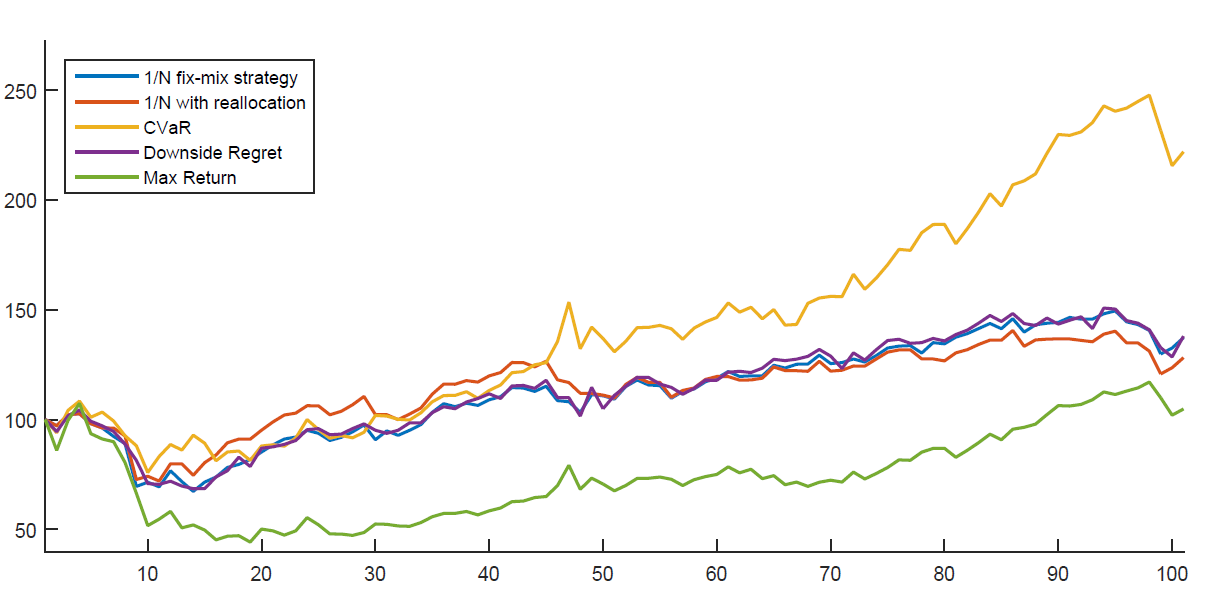
Performance under different strategies |
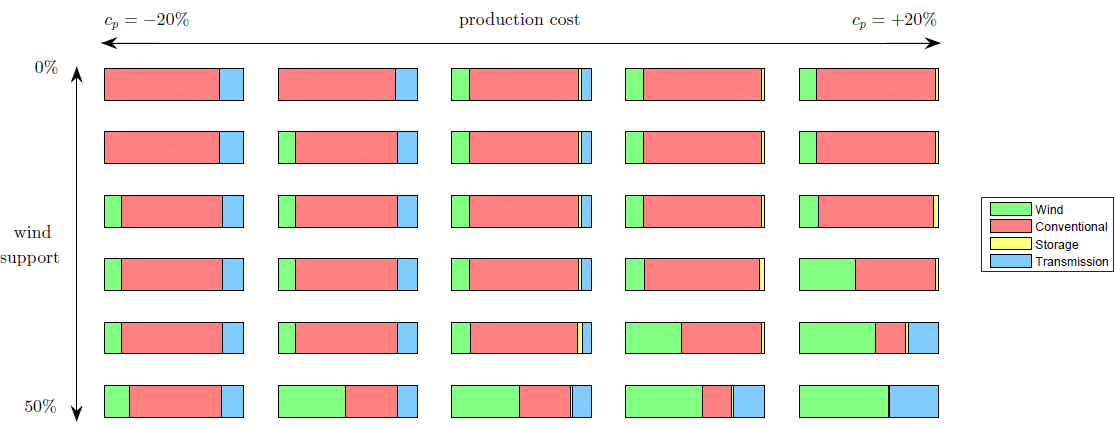
Technology mix under different scenarios |
 Random Forest Random Forest |
 Support Vector Regression Support Vector Regression |
 Example of 2D interval graphs
Example of 2D interval graphs |
 Ex. 1: DNA
Ex. 1: DNA |
 Ex. 2: DNA
Ex. 2: DNA |
 Ex. 3: proteins
Ex. 3: proteins |
 Original image
Original image |
 Binary image
Binary image |
 Dual parameter space
Dual parameter space |

Straight lines identified |
 Network topologies |

Synaptyc weights ∼ N(0,1) No visible synchronization |

Synaptyc weights ∼ N(1,0.1) Clear synchronization! |
 Studying the problem uniquely at a macro-scale would provide strongly inaccurate results since the
micro-structure properties are not taken into account. Vice versa, the problem cannot be solved entirely at the micro-scale
due to the problem size.
Studying the problem uniquely at a macro-scale would provide strongly inaccurate results since the
micro-structure properties are not taken into account. Vice versa, the problem cannot be solved entirely at the micro-scale
due to the problem size.
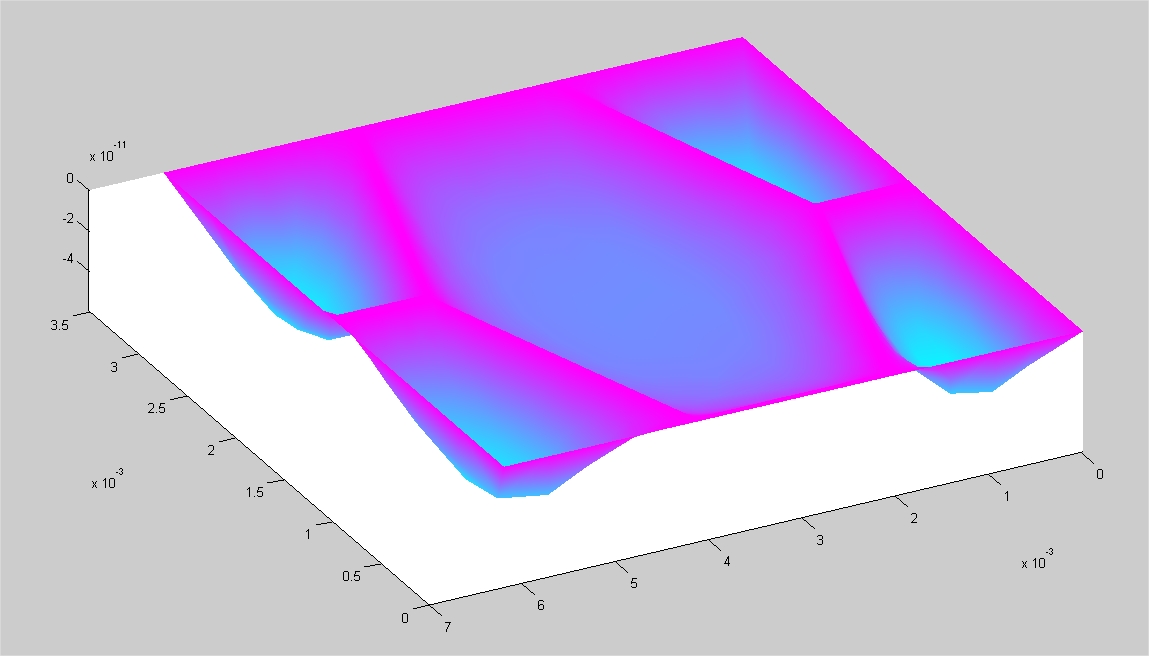
Solution of a micro-scale problem using Dirichlet BC (in practice we need anti-periodic BC) |

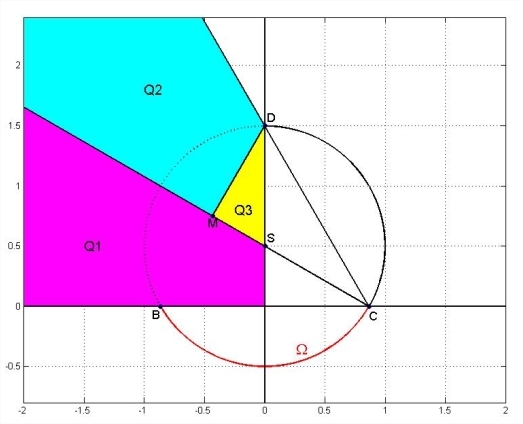
Geometrical construction 1 |
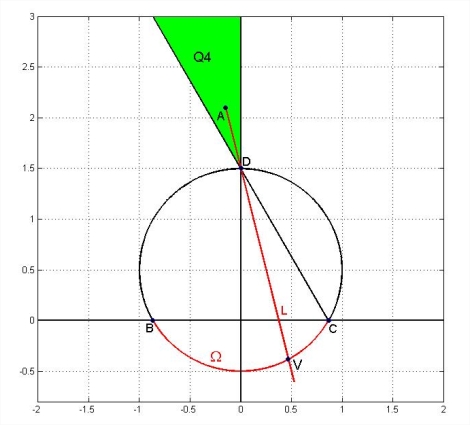
Geometrical construction 2 |


|
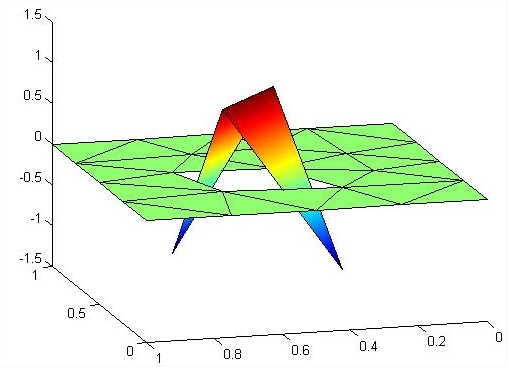
|

u(x,y)= e-(x²+y²) |
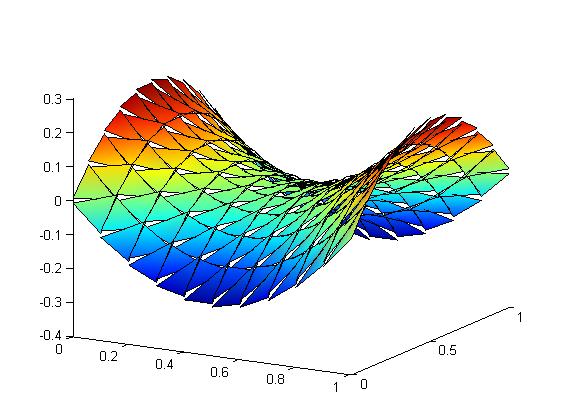
u(x,y) = (x-0.5)²-(y-0.5)² |

u(x,y) = sin(πx) sin(πy) |
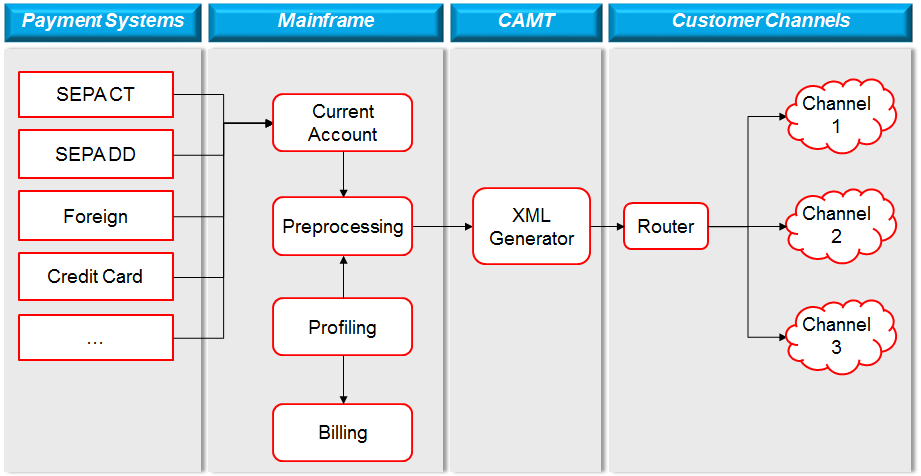 Illustrative E2E architectural solution
Illustrative E2E architectural solution |
 Illustrative portion of mapping rules
Illustrative portion of mapping rules |
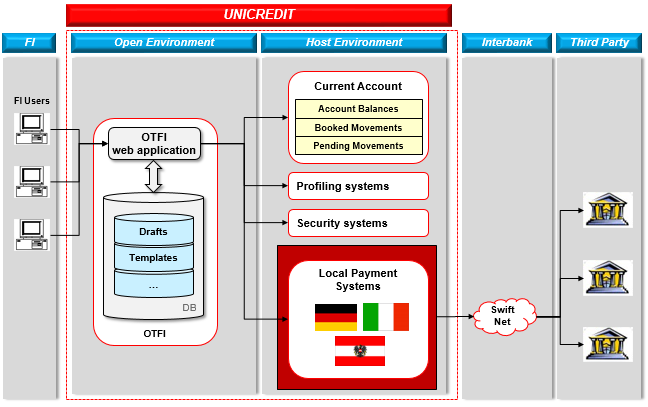 Illustrative E2E architectural solution
Illustrative E2E architectural solution |
 Illustrative user interface page
Illustrative user interface page |